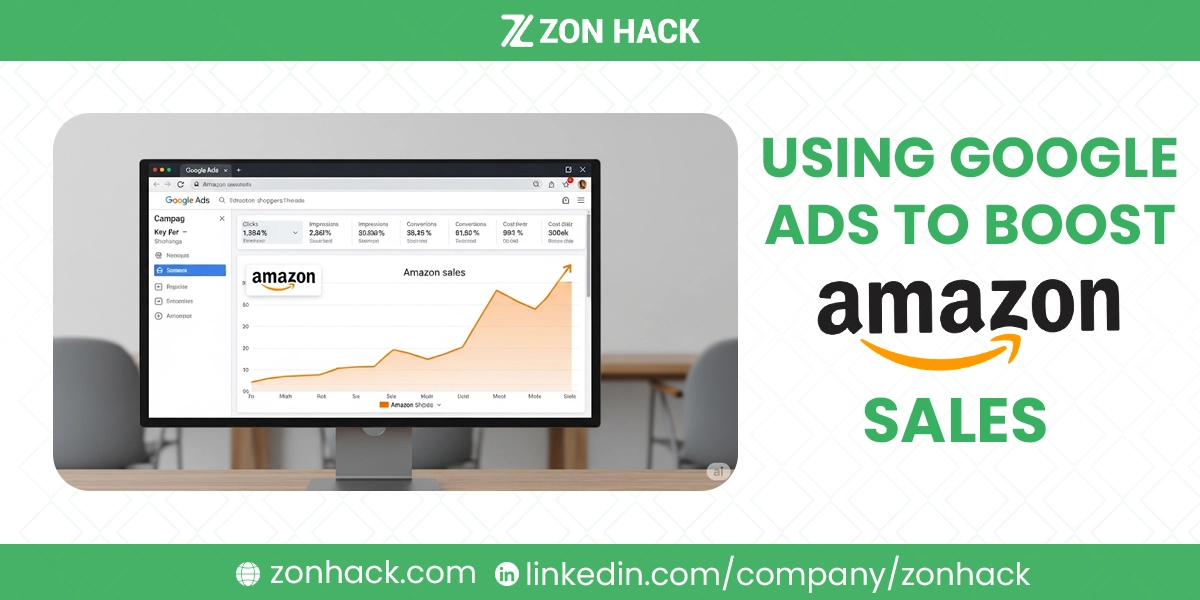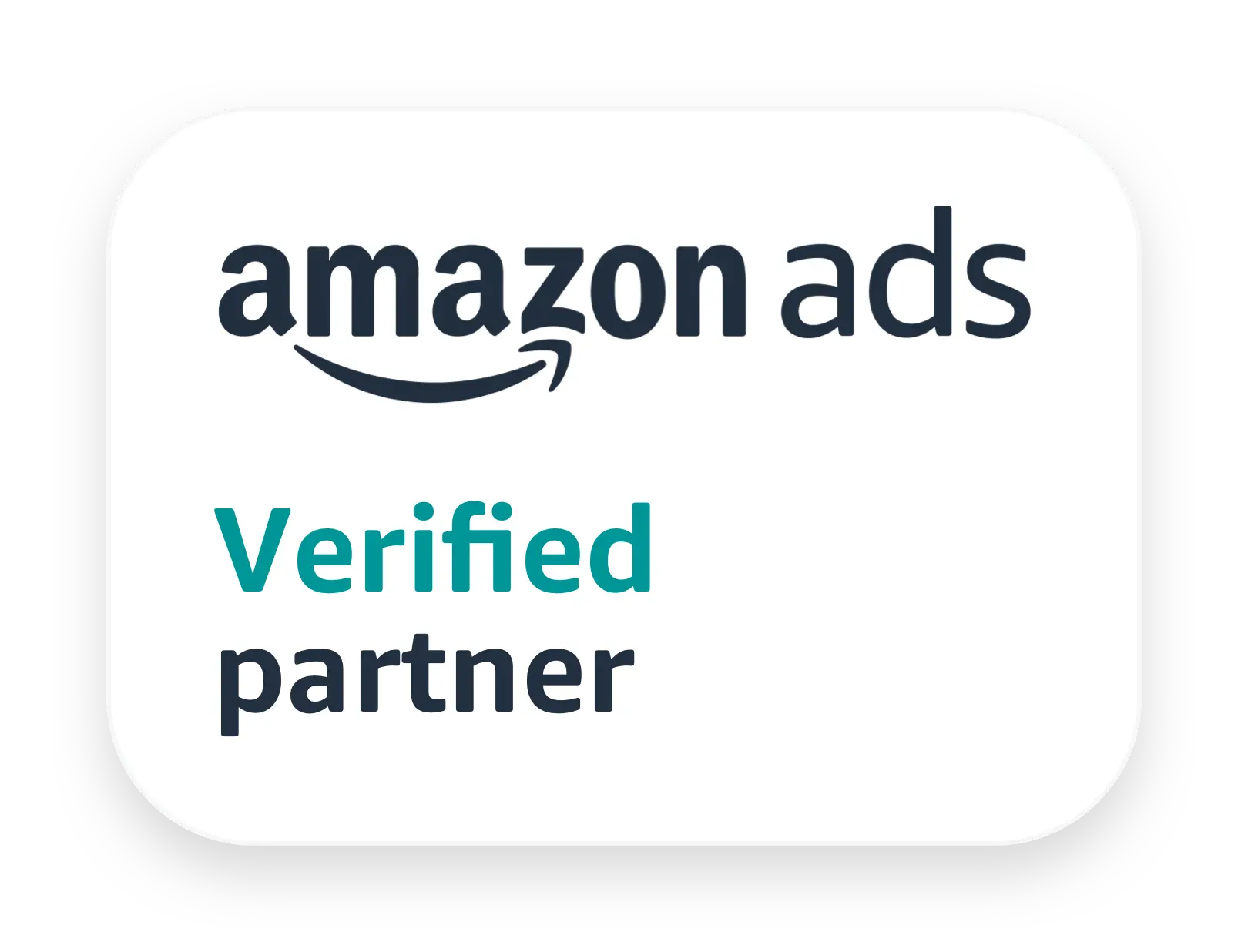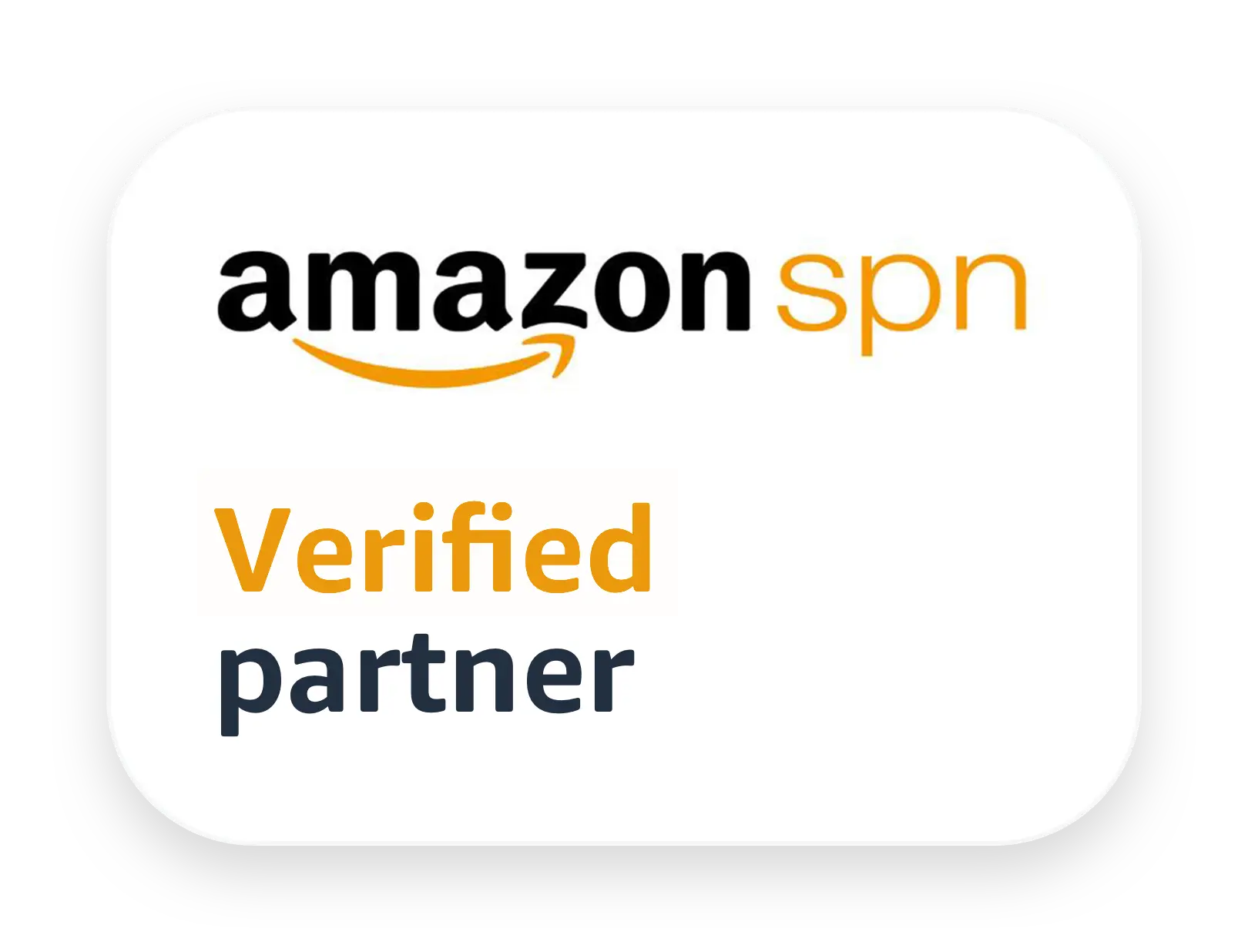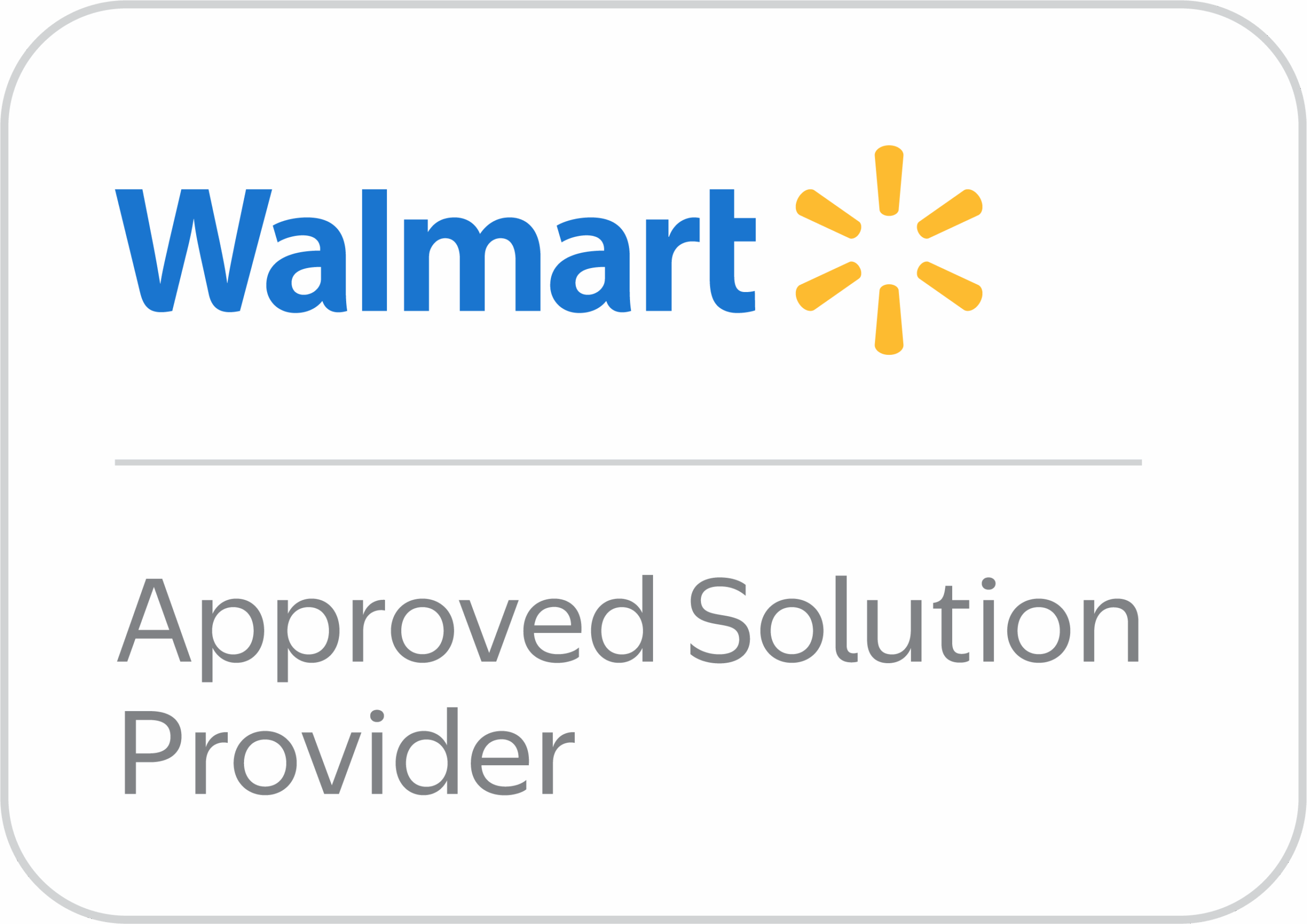Selling on Amazon is competitive. We’re talking about millions of products, thousands of sellers, and limited attention spans. So, if you want to stand out, you can’t just rely on Amazon alone. You need to reach buyers before they even think of logging into Amazon.
That’s where Google Ads come in. With billions of daily searches, Google is a goldmine for customer discovery. And when done right, it can send high-quality traffic directly to your Amazon listings — boosting visibility, conversions, and rankings.
Let’s break down how you can use Google Ads to grow your Amazon business effectively.
Why Use Google Ads for Amazon?
Let’s be real, the Amazon marketplace is a beast, and while Amazon PPC is fantastic for capturing shoppers already there, Google Ads opens up a whole new world. Here’s why I believe it’s an absolute game-changer for Amazon sellers.
Reach a Wider Audience
While Amazon PPC targets shoppers already on Amazon, Google Ads taps into the billions of searches happening on Google daily. Many product searches start on Google, giving you a chance to capture customers earlier in their buying journey. It’s like fishing in a small pond versus casting your line in the open ocean. You’re simply exposed to so many more potential buyers who might not even know your product exists yet on Amazon. This broad reach is incredibly valuable.
Influence Amazon Rankings
Here’s a little secret: Amazon’s algorithm (A10, for those in the know) really values external traffic. When you drive qualified, high-converting traffic from Google straight to your Amazon listings, it sends a strong signal to Amazon. It tells them your product is popular and relevant. This can actually improve your organic search rankings on Amazon itself. Think of it as a positive feedback loop – more external traffic equals better Amazon visibility, which in turn brings even more sales!
Diversify Traffic Sources
Relying solely on Amazon’s internal advertising can feel a bit like putting all your eggs in one basket. With increasing competition and rising ad costs on Amazon, it’s smart to have other options. Google Ads provides an alternative, potentially more cost-effective, channel for acquiring customers. It’s about building a more robust and resilient business model.
Build Brand Awareness
Beyond just making sales, Google Ads lets you build your brand presence outside of Amazon. Your products can be seen by customers even when they’re not actively Browse Amazon. This means more people become familiar with your brand name, your logo, and what you offer. That kind of exposure is priceless for long-term growth and customer loyalty.
Amazon Brand Referral Bonus
Now, this is a sweet deal! Amazon actually incentivizes external traffic with its Brand Referral Bonus program. They offer a percentage rebate on qualifying sales that come from outside ads (often around 10%). This means a good chunk of your ad spend can come back to you, which can significantly reduce your effective Cost Per Acquisition (CPA). It’s Amazon’s way of saying, “Thanks for bringing new customers to our platform!”
Customer Acquisition
When you drive external traffic, you’re not just making a sale; you’re acquiring a customer for your brand. These customers found you outside of Amazon, and that connection can be incredibly strong. This can lead to repeat purchases, brand loyalty, and a more sustainable business model where you’re not entirely dependent on Amazon’s internal search results.
Key Google Ads Strategies for Amazon Sellers
So, you’re convinced Google Ads is the way to go. Fantastic! But how do you actually make it work for your Amazon business? Let’s break down the core strategies I’ve seen work wonders.
Google Shopping Campaigns (Performance Max or Standard Shopping)
When it comes to e-commerce, Google Shopping campaigns are often the first place I recommend starting. They’re incredibly visual and effective.
- Visual Appeal: These ads are fantastic because they display product images, prices, and your store name directly in Google search results. This visual element is a huge draw for shoppers and works incredibly well for e-commerce. People can see what they’re getting right away!
- Setup: Getting these set up correctly is key.
- Product Feed: You’ll need to get your entire Amazon product catalog, often called a “feed,” and upload it to Google Merchant Center. It’s super important that all the information in this feed is accurate and follows Google’s specific rules. There are tools out there that can help you pull this data from Amazon, so don’t fret too much about doing it manually if you have a lot of products.
- Google Merchant Center: This is your central hub for all things product data on Google. You’ll set up your account here and then link it to your Google Ads account. Think of it as the bridge between your Amazon products and Google’s advertising platform.
- Campaign Creation: Once your Merchant Center is ready, you’ll jump into Google Ads to create a Shopping campaign. You generally have two main choices here:
- Performance Max: This is Google’s newer, AI-powered solution. It automates where your ads show up across Search, Shopping, Display, Gmail, and YouTube. For many Amazon sellers, this is a great option because it simplifies things and Google’s AI is pretty smart at finding customers. It’s all about broad reach and automation.
- Standard Shopping: If you’re a bit more hands-on and want precise control over your bidding and targeting, Standard Shopping gives you that flexibility. It’s for those who like to tinker!
- Optimization: Just getting your feed up isn’t enough. You need to make sure your product feed is super optimized with rich, clear, and keyword-friendly content. High-resolution, eye-catching lifestyle images almost always perform better than plain product shots. Show your product in action!
Google Search Campaigns (Text Ads)
Beyond the pretty pictures of Shopping ads, there’s the power of classic text ads on Google Search. These are all about targeting people who are actively typing out what they’re looking for.
- Keyword Targeting: This is where you target users who are literally searching for your products on Google. It’s like listening in on conversations to find out exactly what people want to buy.
- Keyword Research: This part is absolutely crucial, I can’t stress it enough! You need to identify those high-intent keywords that people type when they’re ready to buy. Think “best,” “ review,” or “buy.” Tools can help, but common sense and thinking like a shopper go a long way here.
- Match Types: Google gives you different ways to match your keywords to user searches.
- Exact Match ([keyword]): Your ads only show when someone types that exact keyword. It’s super precise, giving you tight control.
- Phrase Match (“keyword phrase”): Your ads show for searches that include your phrase in that exact order, but they can have words before or after it. It’s a bit more flexible than exact match.
- Broad Match (keyword): This is the loosest option. Your ads can show for searches broadly related to your keyword, including synonyms and misspellings. Use this one with caution, and make sure you have a strong list of negative keywords to avoid wasting money on irrelevant clicks.
- Negative Keywords: Speaking of which, you must continuously check your Search Terms Report in Google Ads. This report shows you exactly what people typed to see your ads. If you see irrelevant terms popping up (like “free [your product]” when you don’t offer it for free), add them as negative keywords. This stops your ads from showing for those non-converting searches, saving you precious ad spend.
- Compelling Ad Copy: This is your chance to shine! Write headlines and descriptions that grab attention, include your keywords naturally, highlight your product’s benefits, and always, always include a clear call-to-action. Things like “Shop Now on Amazon” or “Free Prime Shipping” can really make a difference. Make them feel like they need your product!
Google Display Network (GDN) Campaigns
If Shopping and Search are about catching people when they’re looking, the Google Display Network is about gently reminding them you exist, or even introducing you to them.
- Visual Ads: These are banner ads that pop up on millions of websites, apps, and YouTube videos. They’re like billboards scattered across the internet, making sure your brand stays top of mind.
- Targeting: The GDN offers some fantastic targeting options. You can reach audiences based on their demographics (age, gender), interests (e.g., “outdoor enthusiasts”), in-market segments (people actively researching products like yours), and especially remarketing lists (we’ll get to this in a sec!).
- Brand Awareness: GDN is excellent for building brand awareness. It’s perfect for reaching potential customers earlier in their journey, perhaps when they’re just Browse content related to their hobbies or interests, not necessarily searching for a product to buy right then and there.
YouTube Ads
Video is king, isn’t it? YouTube Ads let you tap into that power and show off your product in a dynamic, engaging way.
- Video Content: This is your opportunity to leverage video ads to truly showcase your product in action. Think tutorials, product demonstrations, or even heartfelt customer testimonials. A good video can tell a story faster than any text.
- Targeting: Just like GDN, YouTube offers robust targeting. You can go after specific demographics, interests, or even target specific YouTube channels where your ideal customers hang out. Imagine your ad playing before a video about “best camping gear” if you sell camping equipment!
- High Engagement: Video content is notoriously engaging and persuasive. It allows you to build a connection with potential buyers that static images or text sometimes can’t.
Remarketing Campaigns
Have you ever visited a website, then later seen ads for that exact product follow you around the internet? That’s remarketing, and it’s incredibly powerful.
- Re-engage Visitors: This strategy targets users who have previously visited your Amazon product page (ideally through your own landing page or a special link that has a pixel installed) but didn’t make a purchase. Life happens, they got distracted. Remarketing reminds them of your product and gives them another gentle nudge to come back and buy.
- Google Ads Remarketing: You set up remarketing audiences in Google Ads based on who has visited specific pages on your website. This is where having your own landing page (which we’ll discuss next) becomes incredibly useful, as Amazon’s direct product pages don’t allow you to place your own tracking pixels.
Crucial Steps for Success Using Google Ads for Amazon
Alright, we’ve covered the different types of Google Ads campaigns. But there are some non-negotiable steps you absolutely must take to make sure your efforts actually translate into Amazon sales and not just wasted ad spend.
Amazon Attribution
This one is absolutely essential. Seriously, don’t skip it! Amazon Attribution is what lets you accurately track conversions from your Google Ads campaigns all the way to a sale on Amazon.
- Why it’s essential: Without Amazon Attribution links, you’ll be flying blind. You’ll know how many clicks you get from Google, but you won’t know if those clicks actually led to sales on Amazon. Amazon Attribution lets you see which Google Ads campaigns, specific ad groups, and even keywords are driving sales on Amazon. This data is vital for optimizing your Google Ads spend and proving your return on investment (ROI). It’s how you figure out what’s working and what’s not.
- How it works: You’ll need to generate unique attribution tags within your Amazon Advertising Console. These tags create special links. Then, you’ll install these tags as the destination URLs for your Google Ads. When someone clicks your Google Ad, goes through that special link, and buys your product on Amazon, Amazon records that sale as coming from your Google campaign. Pretty neat, right?
Landing Page Strategy (Highly Recommended)
While you can send traffic directly to your Amazon listing, I highly recommend using your own landing page as an intermediary. It’s like having a little welcome mat that collects valuable information before ushering guests into your Amazon home.
- Why a Landing Page?
- Conversion Tracking: This is a big one. Amazon’s direct product pages don’t let you install Google Analytics (GA4) or Google Ads conversion tracking pixels. A landing page does. This gives you much more detailed data on how users behave before they click through to Amazon. You can see how long they stay, what they click, and more. This granular data is a goldmine for optimization.
- Email List Building: Imagine capturing emails from potential customers before they even buy. A landing page can have an email opt-in form, allowing you to build your own customer list. This is incredibly valuable for future marketing, direct communication, and building long-term relationships outside of Amazon.
- Pre-selling and Nurturing: A landing page gives you more space and freedom than an Amazon listing. You can provide extra information, add more glowing testimonials, embed videos, or include detailed comparison charts. This “pre-selling” helps educate the customer and can filter out low-intent traffic, sending only higher-quality, more committed leads to Amazon.
- Retargeting: By having a landing page, you can place your own retargeting pixels. This means you can create highly targeted ads to re-engage visitors who showed interest but didn’t convert on Amazon. It’s like giving them a friendly reminder to finish their shopping.
- Best Practices: Make sure your landing page loads super fast (nobody likes waiting!), has a clear “Buy on Amazon” button that stands out, matches the product title and image from your Google ad, and mentions perks like “Fulfilled by Amazon” or Prime eligibility if applicable.
Optimize Your Amazon Listing
This might seem obvious, but it’s worth reiterating: even the most brilliant Google Ads campaign will fall flat if your Amazon listing isn’t up to snuff. Think of it as the ultimate conversion machine.
- High-Quality Images: I cannot emphasize this enough. Professional, clear images from multiple angles are a must. Include lifestyle shots showing the product in use, and consider infographics that highlight features or dimensions. Pictures sell!
- Compelling, Keyword-Rich Title and Bullet Points: Your title needs to be informative, include your main keywords, and grab attention. Your bullet points should highlight benefits, not just features. Make it easy for shoppers to quickly grasp why they need your product.
- Detailed Product Description (A+ Content if Brand Registered): Give shoppers all the information they need. If you’re brand registered, leverage A+ Content. This allows you to tell your brand story, use rich media, and add comparison charts, significantly enhancing the perceived value and trustworthiness of your product.
- Strong Customer Reviews and Ratings: This is huge. Social proof is incredibly powerful. Aim for a 4.3-star rating or higher. Actively encourage positive reviews and address any negative ones professionally.
Budget and Bidding Strategy
Money matters, right? Setting up your budget and bidding strategy effectively is crucial for maximizing your ROI and not burning through cash.
- Start Small: When you’re first dipping your toes into Google Ads for Amazon, I always recommend starting with a conservative daily budget. Maybe $5 to $50, or around 20-30% of your total ad spend. This lets you gather data without breaking the bank. Scale up only when you start seeing positive results.
- Bidding:
- Manual CPC: This gives you full control over how much you pay per click. It’s great for initial testing when you want to learn the ropes.
- Maximize Conversions/Target ROAS (Return on Ad Spend): Once you have enough conversion data (I’m talking at least 15-30 conversions per month), you can consider using Google’s automated bidding strategies. These let Google’s powerful AI optimize your bids to hit your goals, whether it’s getting the most conversions or hitting a specific ROAS target. It takes some of the guesswork out of it.
- Monitor and Adjust: This isn’t a “set it and forget it” kind of thing. Regularly review your performance data: clicks, impressions, Cost Per Click (CPC), and especially conversions (thanks to Amazon Attribution!). Adjust your bids, add more negative keywords, and tweak your ad copy based on what’s working and what isn’t. It’s an ongoing process of refinement.
Targeting Optimization
Getting your ads in front of the right people at the right time is half the battle. This is where smart targeting comes in.
- Geo-targeting: If your product is only relevant in certain areas (maybe you sell localized goods, or want to test a specific market), use geo-targeting. This ensures your ads only show to people in those specific cities, states, or countries.
- Device Targeting: Most Amazon sales often happen on mobile devices. Check your Google Ads data to see which devices (mobile, desktop, tablet) are performing best for you. Then, you can optimize your bids to show more on those higher-converting devices.
- Ad Scheduling: Pay attention to when your Amazon sales are highest. You can schedule your Google Ads to run only during those peak shopping hours, maximizing your chances of conversion and getting the most bang for your buck.
Conclusion
Using Google Ads to drive traffic to your Amazon listings is a smart move. It gives you more exposure, helps improve your Amazon rankings, and allows you to tap into a bigger audience. While setting it up takes a bit of work — keyword research, attribution tracking, landing pages — the long-term rewards are worth it.





